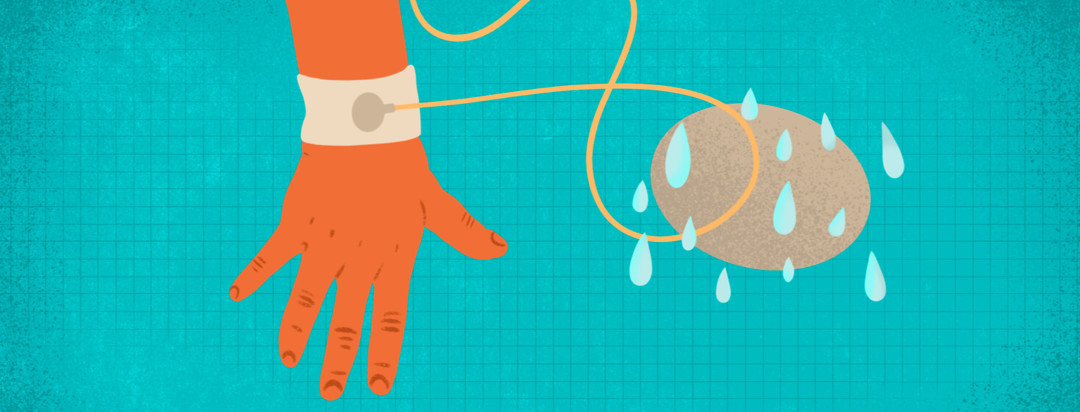The Sweat Test: Confirming Your Child's Diagnosis
Receiving a phone call that your new child's newborn screening detected cystic fibrosis can be a frightening situation. Your doctor will probably advise you to bring your baby in for a sweat test to confirm their cystic fibrosis diagnosis. If you are like me, this was something that I had never heard of and had no idea what would go on. If I had known more about the test and what is involved with having it done, I think I would have handled things back then a lot better.
Here I have put together some basic information on the test for those who are unfamiliar with it. Hopefully, this will answer some questions and make it a lot less scary when the time comes to have it done.
Preparing for a cystic fibrosis sweat test
Generally there isn't much to do to prepare for the test. Normal activities can be done, as well as normal eating and drinking. Your child's doctor might ask that you do not apply any lotion to the skin before the test but that is usually all there is to prepare. If anything, making sure that your child is well hydrated in order to produce the sweat is really the only thing you need to do beforehand.1
How is the sweat test performed?
The test is painless. If anything, some tingling may be felt, but it is nothing that causes pain. No needles are involved in this test. It is a very safe test.
A disk that collects your child's sweat will be put on the arm of your child. This disk is then connected to a small box that produces little electrical currents. This might sound like it hurts, but the electrical current is really weak and does not hurt. It is just enough to cause some sweat from your child.1
After this, a top portion of the disk is removed, leaving a second underneath. That second disk is then covered with plastic wrap to collect the sweat. This part of the test takes about 30 minutes. A needle is used to collect the sweat and then the test is over.1
Some clinics do not use disks to collect sweat, but will instead use gauze or filter paper. All of these methods are adequate to diagnose CF.1
What are they looking for?
High levels of chloride. People with high levels of chloride in their sweat most likely have CF. Those with CF might have anywhere from 2 to 5 times the normal amount of chloride in their sweat. The sweat test measures the levels of chloride in the sweat of those collected during the test.1
How long will I have to wait for results?
You will get results rather quickly. In our experience, we received a phone call with results about an hour after the test was performed. Usually, you should receive your results within a day or two, depending on the office.
Could the sweat test be wrong?
The sweat test remains the most reliable way to diagnose cystic fibrosis. Since salt levels do not change during an illness or as we age, the test is definitive. A sweat test is considered "the gold standard" of diagnosing CF.1
Now what?
After the test confirms CF in your child, your child's doctor will contact you to set up your initial CF appointment. This is where you meet your child's new care team. This consists of a pulmonologist, dietitian, respiratory therapist, and occasionally other healthcare professionals.
If you have any questions regarding CF testing, always check with your child's doctor.

Join the conversation